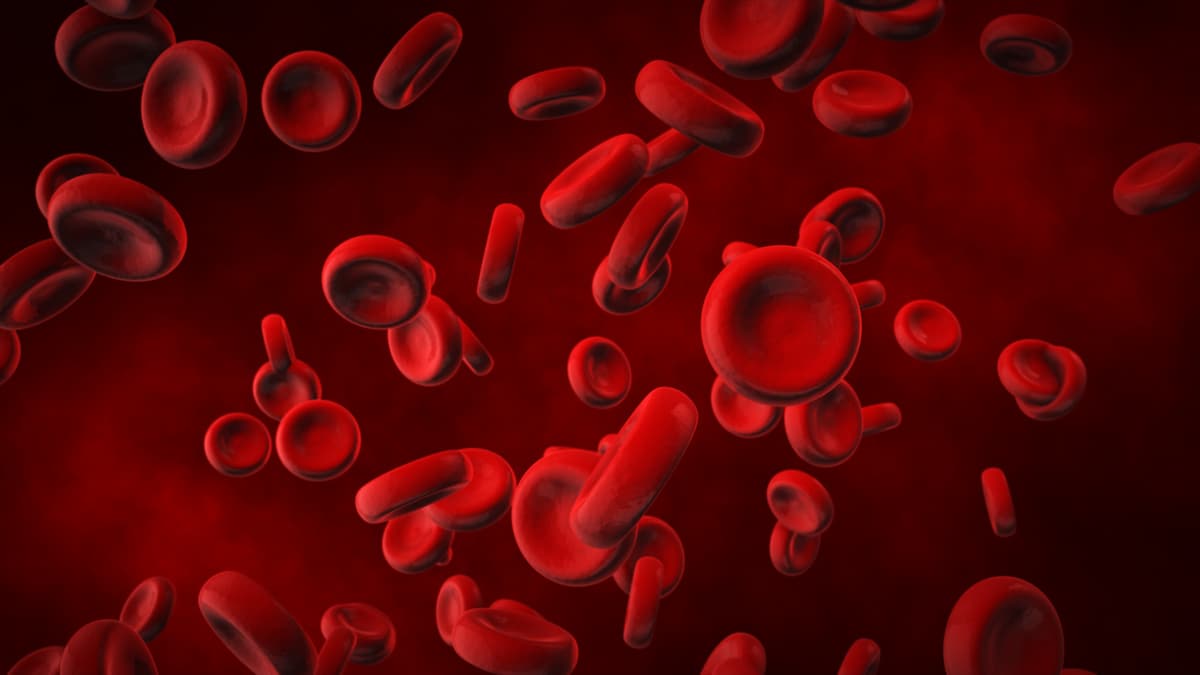Disease-Specific HRQOL Measures May Improve Myelodysplastic Syndrome Outcomes
Findings from a confirmatory factor analysis appear to validate the structure of the Quality of Life in Myelodysplasia Scale in myelodysplastic syndromes.
Data on the Quality of Life in Myelodysplasia Scale (QUALMS), a disease-specific health-related quality of life (HRQOL) measure from the international MDS-RIGHT project, may help in increasing quality standards of patient outcome research for myelodysplastic syndromes (MDS), according to findings from a prospective international validation study.
"Our results support the validity of the QUALMS and provides novel information on the psychometric performance of its 3 subscales," according to the authors of a prospective international validation study.

Results from a confirmatory factor analysis supported the QUALMS’ underlying scale structure. All items of the QUALMS-E scale, which measured emotional burden, exceeded a threshold of 0.40 (range, 0.56-0.73). One item of the QUALMS-P scale, measuring physical burden (range, 0.30-0.90) and one item of the QUALMS-BF scale, measuring benefit finding, (range, 0.32-0.75) remained below the threshold.
The highest Cronbach’s alpha coefficients across all serial assessments—6- (55%), 12- (42%), 18- (34%), and 24-month (23%) following study initiation—were high across all timepoints, with measures ranging from 0.88 to 0.93. According to the study authors, these data underscored the reliability of QUALMS-P and represented an “important finding,” as physical function was a key patient-reported outcome frequently associated with survival outcomes.
“Our results support the validity of the QUALMS and provides novel information on the psychometric performance of its 3 subscales,” the study authors stated. “This questionnaire may help clinicians to harness the patients voice both in clinical research and practice.”
Investigators of this prospective international validation study assessed the QUALMS with a primary focus on clarifying the psychometric characteristics of the QUALMS-P, QUALMS-E, and QUALMS-BF subscales. QUALMS included 38-item measures, consisting of 33 used for scoring and 5 individual “opt-out” questions not scored with the other items. Responses to the 33 core items were scored from 0 to 100, with higher scores reflecting better HRQOL measures.
Investigators integrated QUALMS in the European LeukaemiaNet MDS Registry in January 2017 across treatment centers in the Netherlands, the United Kingdom, Israel, and Austria. Administration of QUALMS occurred at study entry and then at 6, 12, 18, and 24 months.
Investigators evaluated descriptive statistics for the 3 QUALMS subscales and QUALMS total scores. Internal consistency of the QUALMS scales was estimated via Cronbach’s alpha, and a coefficient of at least 0.70 considered as acceptable. Evaluating concurrent validity involved performing Spearman’s rank correlation analyses between the scales of QUALMS and the European Quality of Life 5 Dimensions 3 Level Version (EQ-5D-3L).
Assessing known-group comparisons involved evaluating the discriminant validity of the QUALMS using the Wilcoxon-Mann-Whitney test to assess differences among patient subgroups. Investigators evaluated responsiveness to change of the QUALMS scales by assessing differences between baseline and follow-up data for patients who reported an improvement in hemoglobin (Hb) levels of at least 1.5 g/dl from baseline for those with a baseline Hb level of less than 11 g/dl.
A total of 87.6% (n = 270/308) of patients with MDS completed the QUALMS by August 2020. Investigators reported no statistically significant differences in key sociodemographic and clinical factors including age, sex, comorbidity, International Prognostic Scoring System (IPSS) risk category, and receipt of red blood cell transfusions between those who did and did not complete QUALMs.
Median patient age was 74.0 years (interquartile range, 68.0-80.0), and most patients were male (67.4%) with a low MDS-comorbidity index (CI) score (60.3%). Additionally, most patients had low-risk IPSS disease (50.5%), a Karnofsky performance status lower than 90 (55.0%), and did not receive a red blood cell transfusion (70.7%).
Concurrent validity analyses indicated that the QUALMS-P, QUALMS-E, and QUALMS total scales showed moderate negative correlations with the EQ-5D-3L scales (range of r, –0.26 to –0.67; P <.001). Additionally, there was a moderate positive correlation with the QUALMS scales with the EQ visual analog scale (range of r, 0.41-0.60; P <.001).
Patients with a low MDS-CI score had significantly better scores for QUALMS-P (P = .006), QUALMS-E (P = .014), and QUALMS Total (P = .006) compared with those who had an intermediate or high MDS-CI score. Additionally, patients with a higher Karnofsky performance status of at least 90 had significantly better scores for the QUALMS-P (P <.001), QUALMS-E (P = .001), and QUALMS Total (P <.001) scales than those with a performance status lower than 90.
In terms of responsiveness to change, patients with Hb level lowers than 11 g/dl at baseline who subsequently had an improvement of at least 1.5 g/dl in their Hb levels reported a mean score change of 9 in the expected direction for the QUALMS Total scale. Mean score changes in this population also included a change of 9 for QUALMS-E, 8 for QUALMS-P, and 1 for QUALMS-BF.
Reference
Efficace F, Koinig K, Cottone F, et al. Raising the standards of patient-centered outcomes research in myelodysplastic syndromes: Clinical utility and validation of the subscales of the QUALMS from the MDS-RIGHT project. Cancer Med. Published online December 19, 2022. doi:10.1002/cam4.5487